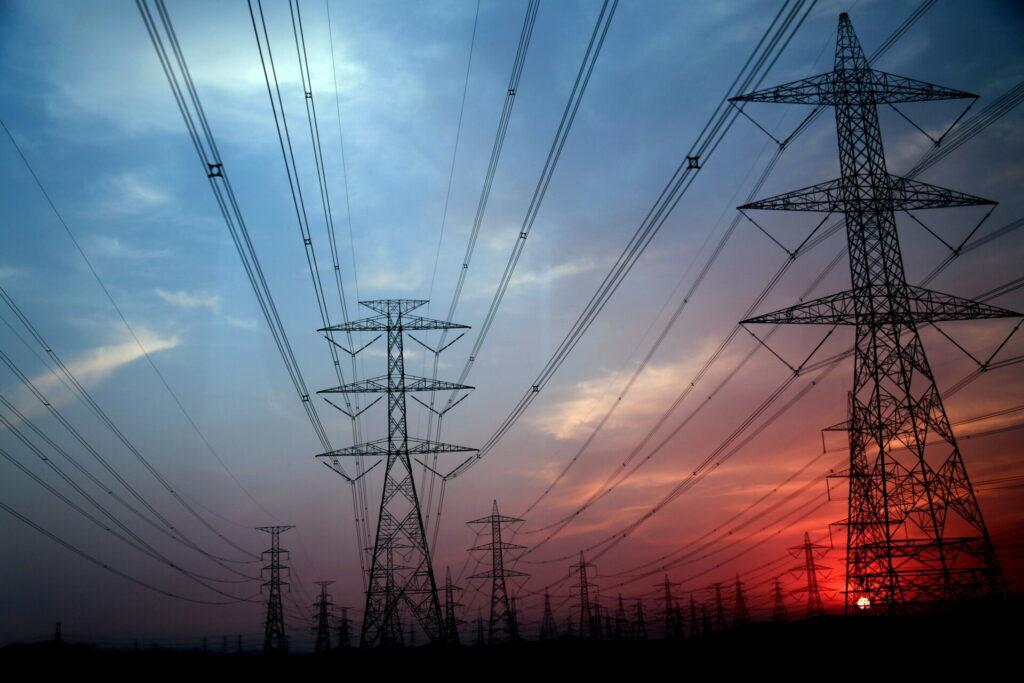During a meeting of the Federal select committee in the early hours of Thursday, Elia, Belgium’s Electricity System Operator, presented recommendations to key ministers and Energy Minister Tinne Van der Straeten on how to maintain the security of electricity supply during this difficult winter period and beyond.
Just over the border in France, authorities are already preparing its citizens for the possibility of load shedding, whereby customers are sporadically cut off from supply.
On paper, Belgium is in a stronger position than its French neighbours to weather the winter, but the decommissioning of Belgium’s Doel 3 nuclear power plant poses new problems to ensuring supply. Elia is reasonably certain that it will be able to cover demand this winter but warns of potential energy shortages from 2025.
In view of the deteriorating energy situation in Europe, Elia and Belgium’s gas transmission systems operator (GTSO) Fluxys, recommended to the select committee that it increase its electricity production capacities from 900 to 1,200 megawatts (MW) for the winter of 2025-2026, as well as to create an additional buffer of 1,600 MW for the winter of 2026-2027, the Belga news agency has learned from a government source.
Elia predicts that the next four winters will be covered with current electricity production capacities, and investments have already been planned and validated.
The select committee has asked the minister of energy to explore “all available solutions” to guarantee the supply of energy. Elia, Fluxys, Engie, and the Federal Agency for Nuclear Control (FANC) will soon present an analysis of potential solutions on behalf of the minister.
Cards on the table
The government is reportedly particularly interested in analysing the offset of production at the Doel 4 (1,039 MW) and Tihange 3 (1,038 MW) power plants, as well as exploring other nuclear and non-nuclear options.
One idea put forward by Minister Van der Straeten this week is initiating a “fuel modulation” solution at Belgium’s largest power plants. This would mean shutting down Doel 4 and Thiange 3 during summers in a bid to preserve nuclear fuel. Necessary works to improve the capacity of the nuclear power plants would then take place during the summers.
Engie Electrabel, the operator of nuclear power plants in Belgium, is not thrilled with this plan.
In its view, extending the supply of nuclear fuel would not be possible under the current legal and regulatory framework for nuclear safety. There have already been concerns about the safety regulations at the Tihange 3 nuclear power plant, which was briefly closed by the FANC in November.
The government is already considering a limited extension of Belgium’s two oldest nuclear power plants, Doel 1 and 2, which produce 445 MW of power each, as well as Tihange 1 (962 MW).
According to the current nuclear shutdown calendar, the definitive shutdown of these plants are set for 15 February 2025, 1 December 2025, and 1 October 2025 respectively. An analysis of the feasibility of extending the lifespan of these reactors is scheduled to go ahead at the start of next year, the select committee announced.
Related News
- Price of energy contracts signed in November to fall by 20%
- Tihange 2 nuclear power plant to definitely shut down on 31 January
In preparing its final report of Belgium’s energy options for the coming years, the select committee has also asked Elia to take into account the energy situation in neighbouring countries.
Belgium must consider the availability of French nuclear power generation, which has been severely disrupted by drought and repair works this year, as well as potential energy troubles in Germany, especially in the context of a protracted war in Ukraine.
Elia has been asked, based on a worse case energy scenario, to recalculate Belgium’s energy needs for the coming winters and determine, if necessary, whether additional capacities are needed.

